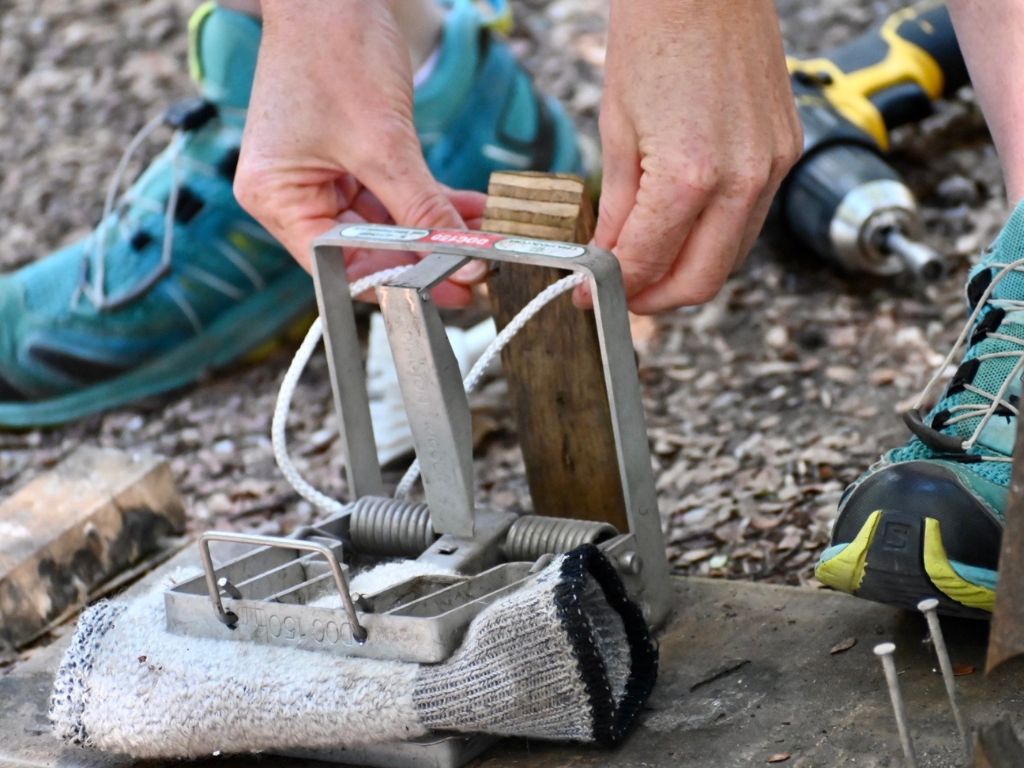Have you tried some of our troubleshooting tips but still struggle to catch predators? It doesn’t mean there aren’t any left out there. Here are five *more* things you can do if your trap isn’t catching.
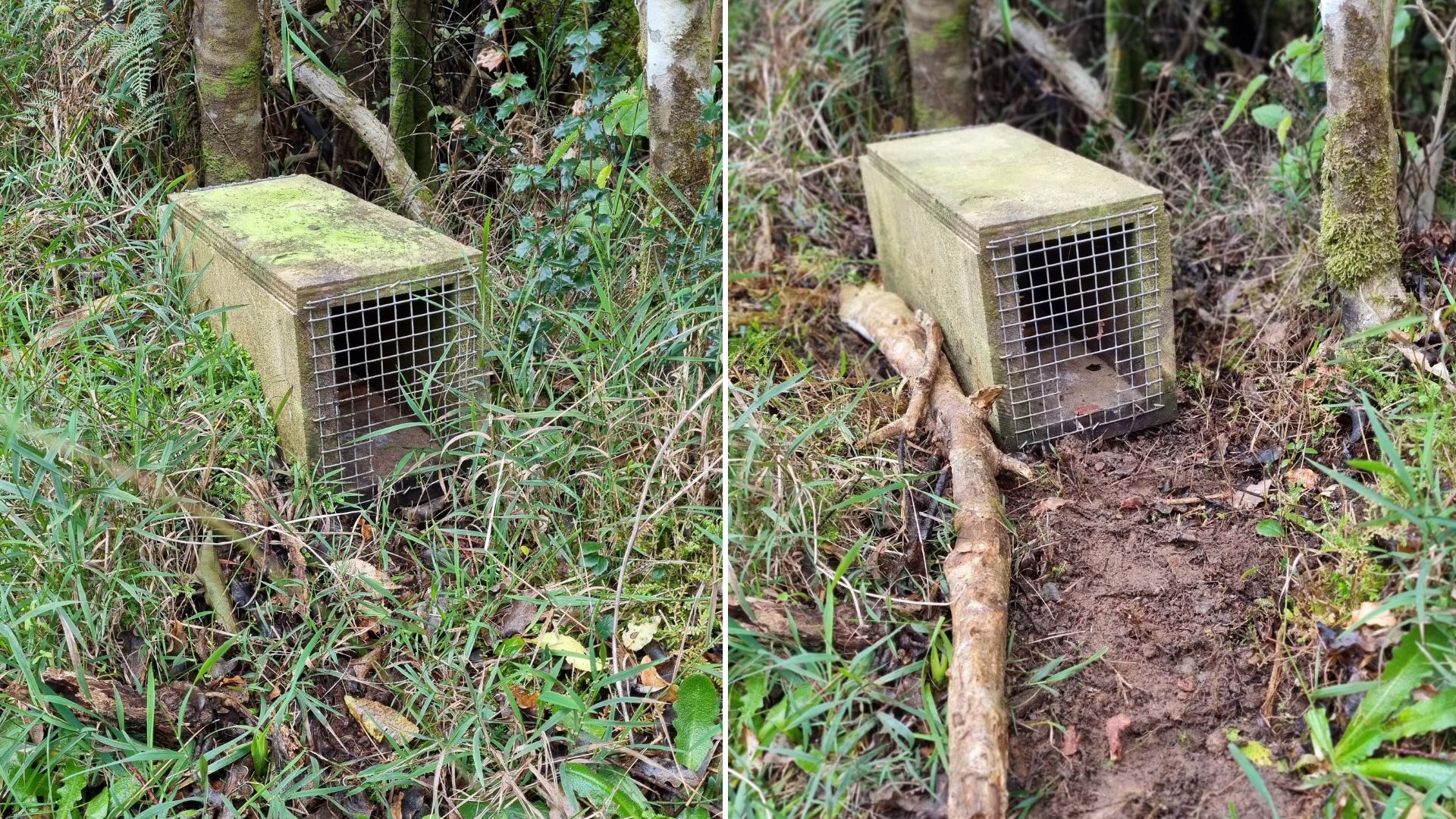
1. Make the entrance smooth
Do you love getting poked with a sharp piece of metal? No? You’ve got more in common with a rat than you realised.
Cutting mesh for the tunnel entrance can leave “sprags”: sharp edges that can prod into the side of a predator as it enters a trap.
Rats will be reluctant to enter a trap all the way if they are scratched; even worse, this can teach them to be trap-shy.
The solution is to file them down with a file. This only takes a minute and can make your tunnel a much more attractive destination for local rodents.
If you’re building new traps, you can avoid this from the very start by folding your mesh or making a side entrance instead.
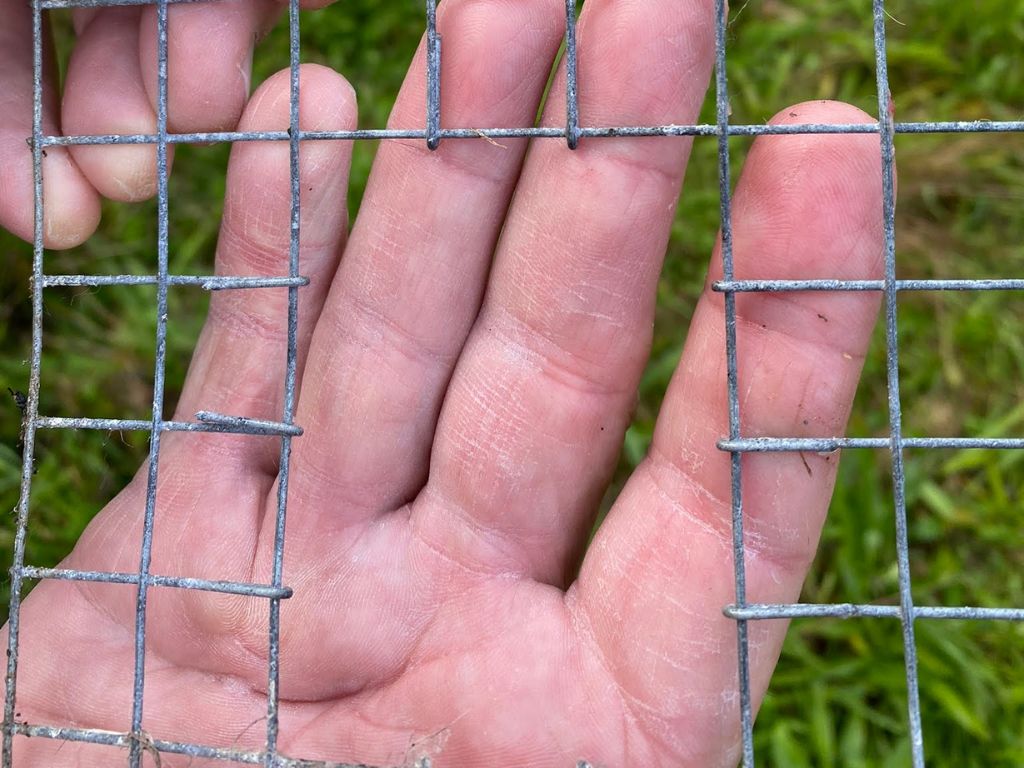
2. Mix it up
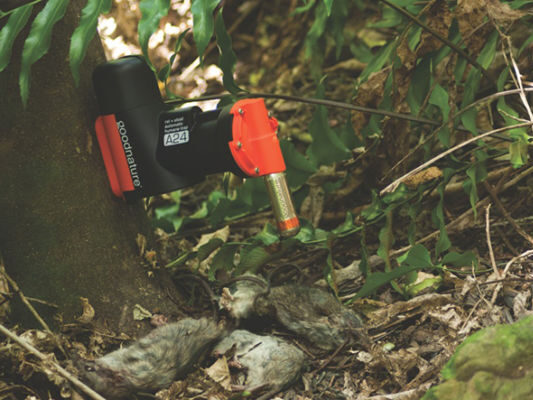
There is no one tool for getting to predator free.
If what you’ve got is not working, mix it up. Consider switching from a Victor Professional to a GoodNature A24. You can also think beyond trapping and try a bait station, but read through the safety advice, take extra care when handling bait, and use a lockable box to ensure the safety of other animals, including pets and wildlife.
Recent research shows that trapping operations catch bold and brave possums first. Only shy individuals remain, and mixing device types is key to catching more possums; the same is true for rats.
3. Outside the (trap) box thinking
Most of our effort goes inside the box, but thinking beyond those four walls will pay off.
Rats don’t carry lawnmowers, so clear out any overgrown grass around the tunnel.
Scuffing the entrance to reveal bare earth is attractive to rodents, and you probably already have the ingredients in your pantry for flour blaze.
Spreading this mix on surrounding trees and leading up to the trap box makes the trap sing into the landscape and attracts rodents to the device. But don’t put it inside the trap – it’ll go mouldy.
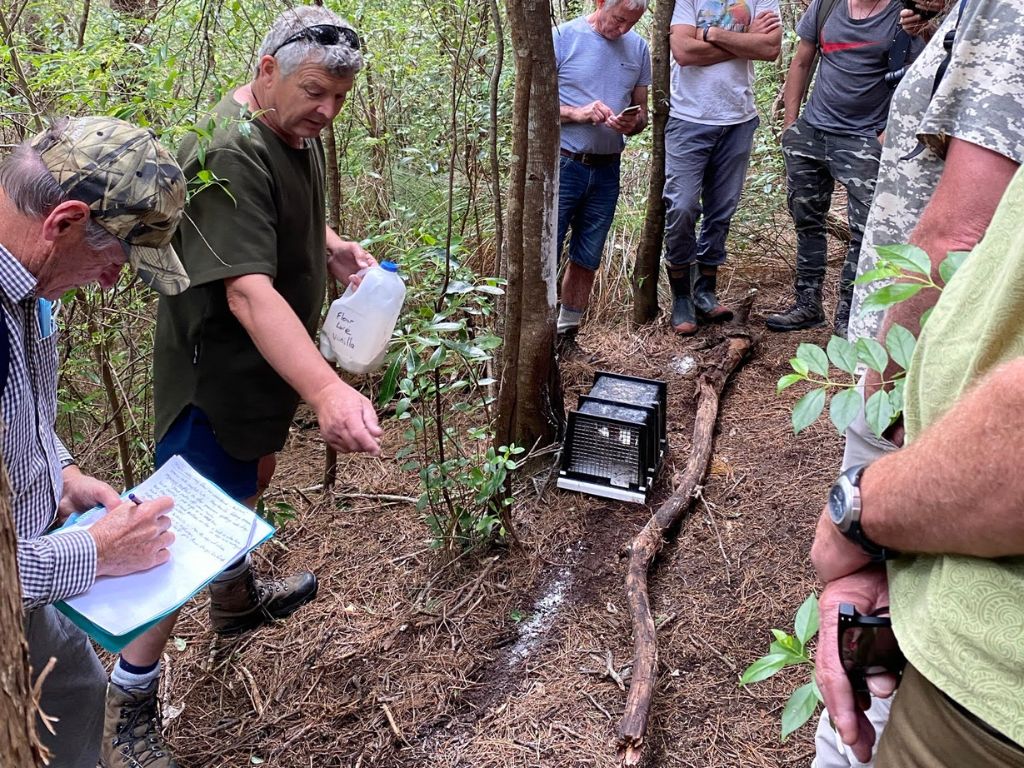
4. Use a trail camera
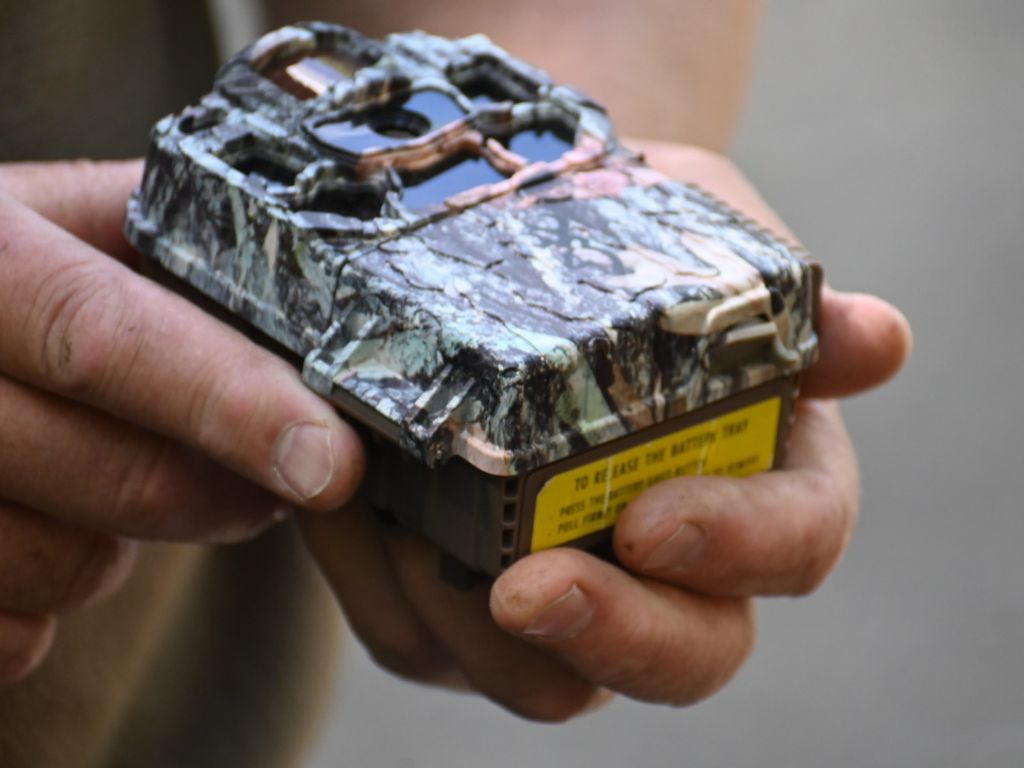
If you’re stumped as to why rats won’t go in, you’ll need more information.
Setting up a trail camera to shoot short videos can help you discover why they won’t go in your trap.
Seeing how animals interact with devices can help you troubleshoot and work out what steps you need to take to sell them the predator free dream. Perhaps they’re walking right past and need some redirection to find the trap, or maybe they’re going in a little bit and backing out.
Observing their movements will help you think like a rat, and you’ll catch more rats.
5. Test fire and service
Remember to check your trap; things can get pretty grimy out there, and traps don’t last forever.
Set your trap and toss in a balled-up pair of old socks. If it snaps shut, you’re in luck!
If not, it’s time to calibrate that DOC 200 or give those Victor springs some loving lubrication with beeswax or linseed oil.
We’ve got more ways to give your trap some TLC, too.
Traps don’t last forever, so the saddest and oldest ones might need replacing. Our shop has you covered with a range of humane traps.
